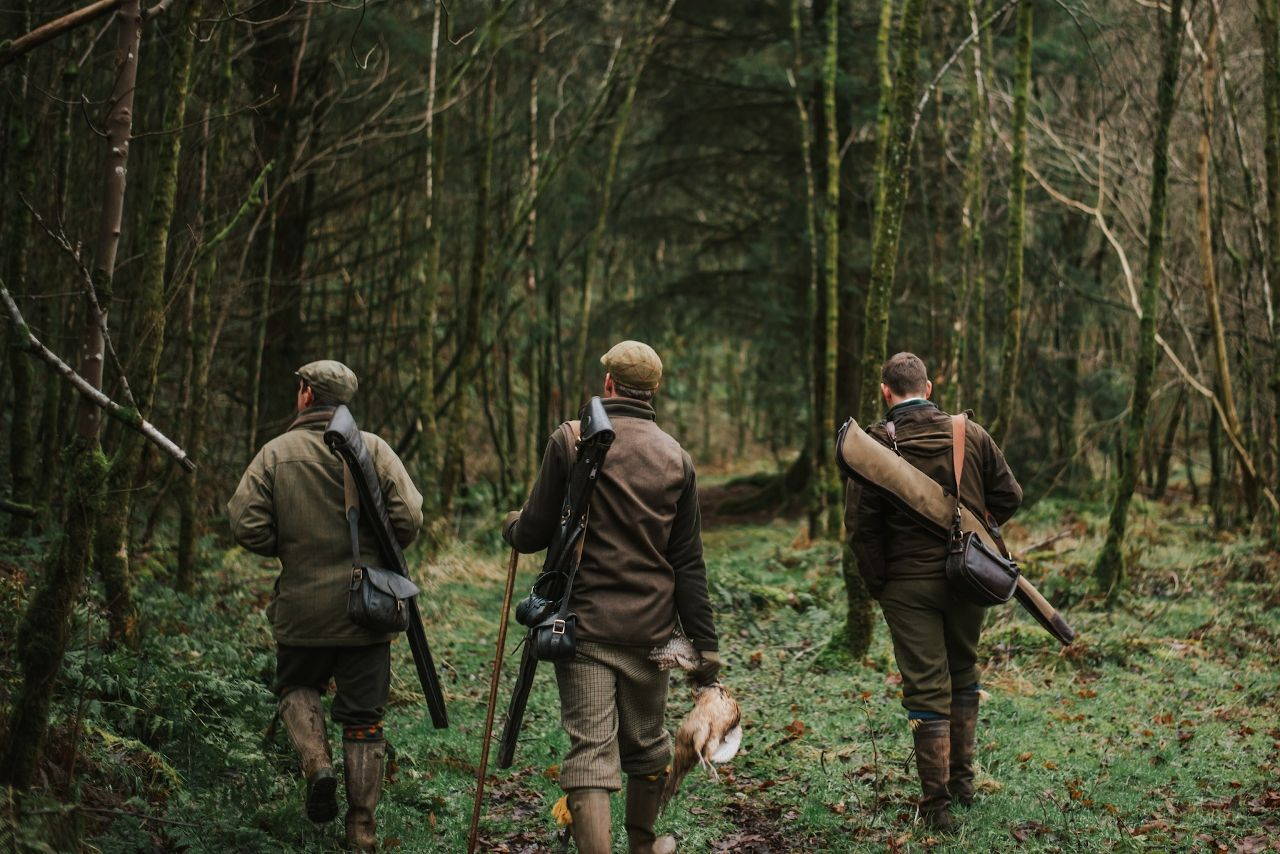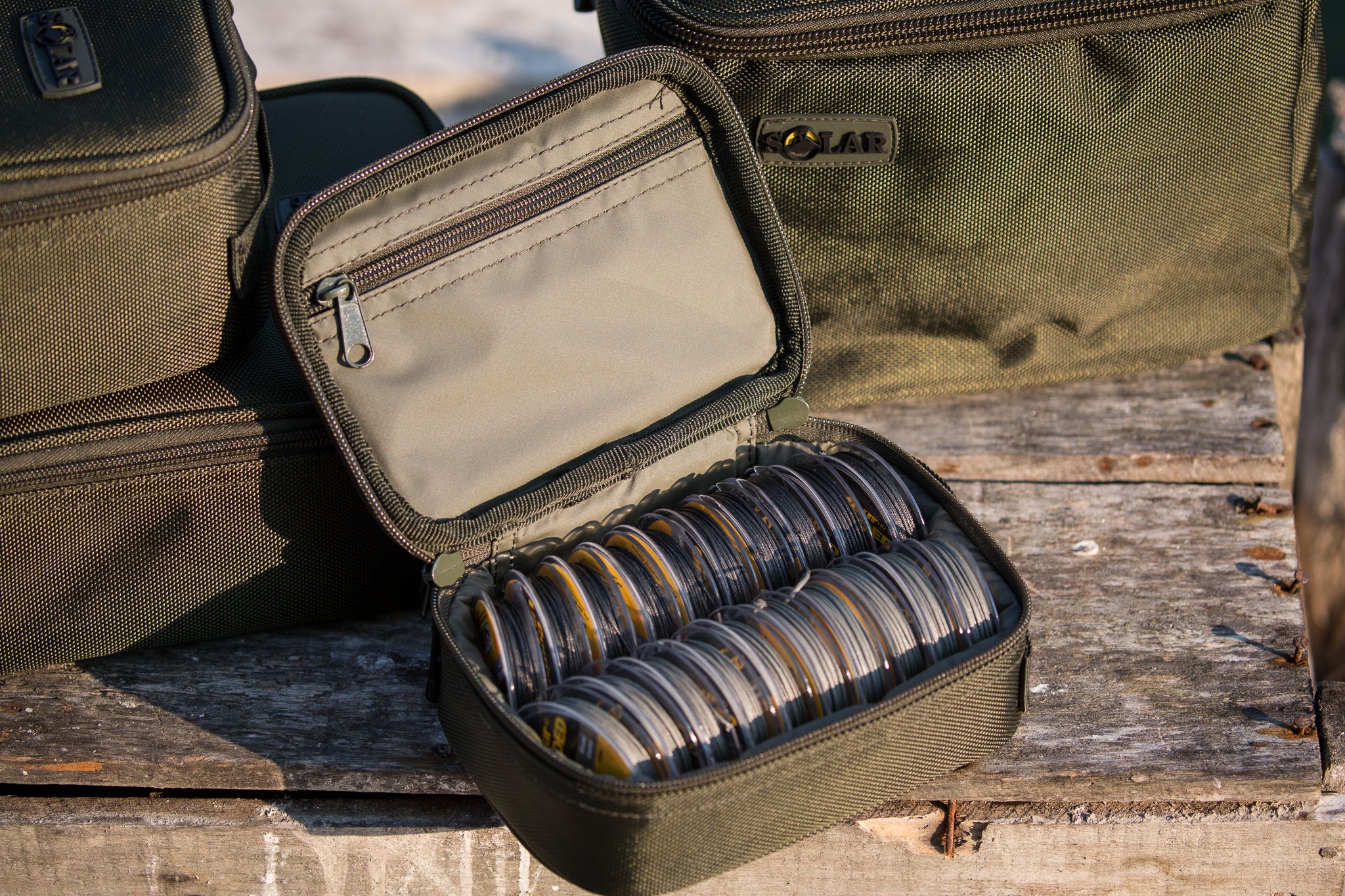How to choose the right hunting shoes for your environment?
When it comes to hunting gear, your boots are one of the most critical investments you’ll make. The right pair of hunting shoes can mean the difference between a successful hunt and a miserable experience in the wild. From terrain to climate, your environment should dictate the style, material, and features of your footwear.
In this guide, we’ll help you choose the right hunting shoes based on the specific environment you're planning to hunt in—ensuring both performance and comfort.
How to choose the right hunting shoes for your environment?
1. Understand the terrain: matching footwear to the landscape
Different terrains require different support, grip, and durability. Here’s how to match your hunting shoes to the land:
Mountainous terrain
-
Choose: High-ankle, stiff-soled mountain boots
-
Features: Aggressive tread, reinforced toe, excellent ankle support
-
Why: Rocky inclines and uneven ground demand stability and protection.
Woodlands & forests
-
Choose: Mid-ankle waterproof leather boots
-
Features: Moderate insulation, scent control, and good traction
-
Why: Uneven trails, wet foliage, and muddy terrain require waterproofing and stability.
Swamps & wetlands
Choose: Rubber hunting boots or waders
-
Features: 100% waterproof, knee-high protection, slip-resistant soles
-
Why: Wet, marshy ground and high water levels demand total waterproofing.
Plains & open fields
-
Choose: Lightweight, breathable hiking-style hunting shoes
-
Features: Flexibility, ventilation, and soft soles for quiet movement
-
Why: Flat, dry terrain calls for speed, silence, and minimal bulk.

2. Consider the weather conditions
Hunting in 90°F heat is very different from stalking game in below-freezing temperatures. Your shoes need to be climate-appropriate:
Hot & dry weather
-
Choose: Breathable, lightweight boots with moisture-wicking liners
-
Features: Mesh ventilation, odor control, and quick-dry materials
Cold weather or snow
-
Choose: Insulated, waterproof boots (800g+ insulation)
-
Features: Thinsulate or similar technology, fleece lining, ice-grip soles
Variable seasons
-
Choose: Modular or all-season boots
-
Features: Removable liners, waterproof exteriors, good breathability
3. Hunting style: are you sitting, stalking, or hiking?
Tree stand or blind hunting
-
Choose: Warm and heavily insulated boots
-
Why: You’ll be stationary for long periods—warmth is a priority.
Spot and stalk hunting
-
Choose: Silent, lightweight, and flexible soles
-
Why: You need to move quietly and swiftly, often over mixed terrain.
Long hikes or backcountry hunts
-
Choose: Heavy-duty hiking-hunting hybrids
-
Why: Support and shock absorption reduce fatigue on long treks.
4. Fit and comfort: never compromise
-
Break-in period: Always break in new boots weeks before a hunt.
-
Sock compatibility: Try boots on with the socks you plan to wear in the field.
-
Heel lock: Prevents blisters during long hikes.
-
Arch and ankle support: Essential for safety on uneven ground.

5. Materials matter: leather vs synthetic
| Material | Pros | Cons |
|---|---|---|
| Full-Grain Leather | Durable, water-resistant, molds to foot | Heavier, longer break-in |
| Synthetic | Lightweight, breathable, faster drying | Less durable, can wear faster |
| Rubber | 100% waterproof, scent-blocking | Poor breathability, less flexible |
Final thoughts
Choosing the right hunting shoes isn’t just about brand or style—it’s about tailoring your gear to your environment and hunting style. A high-quality boot matched to the terrain, weather, and movement needs will keep you focused on the hunt—not your feet.























